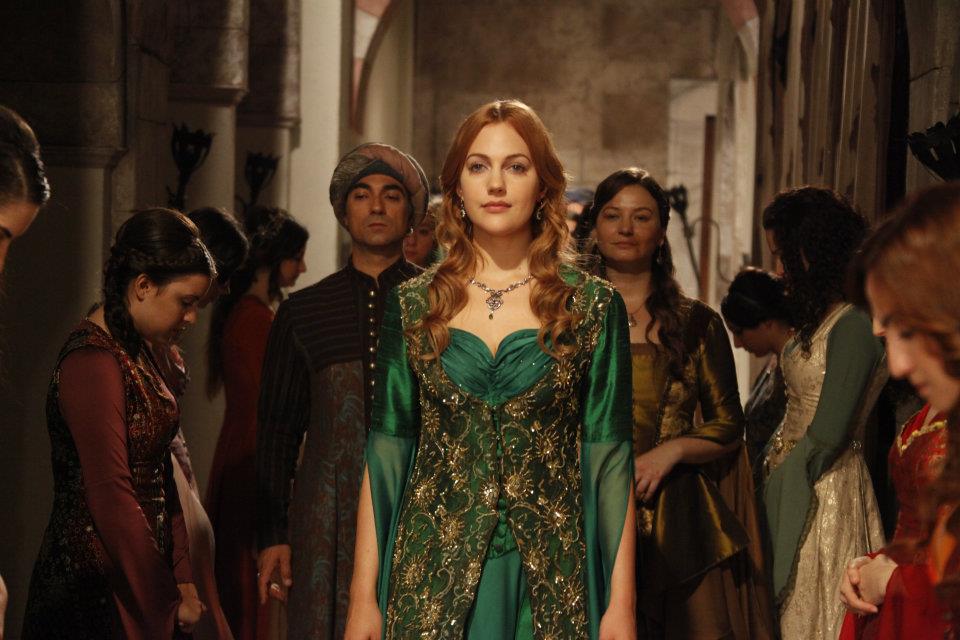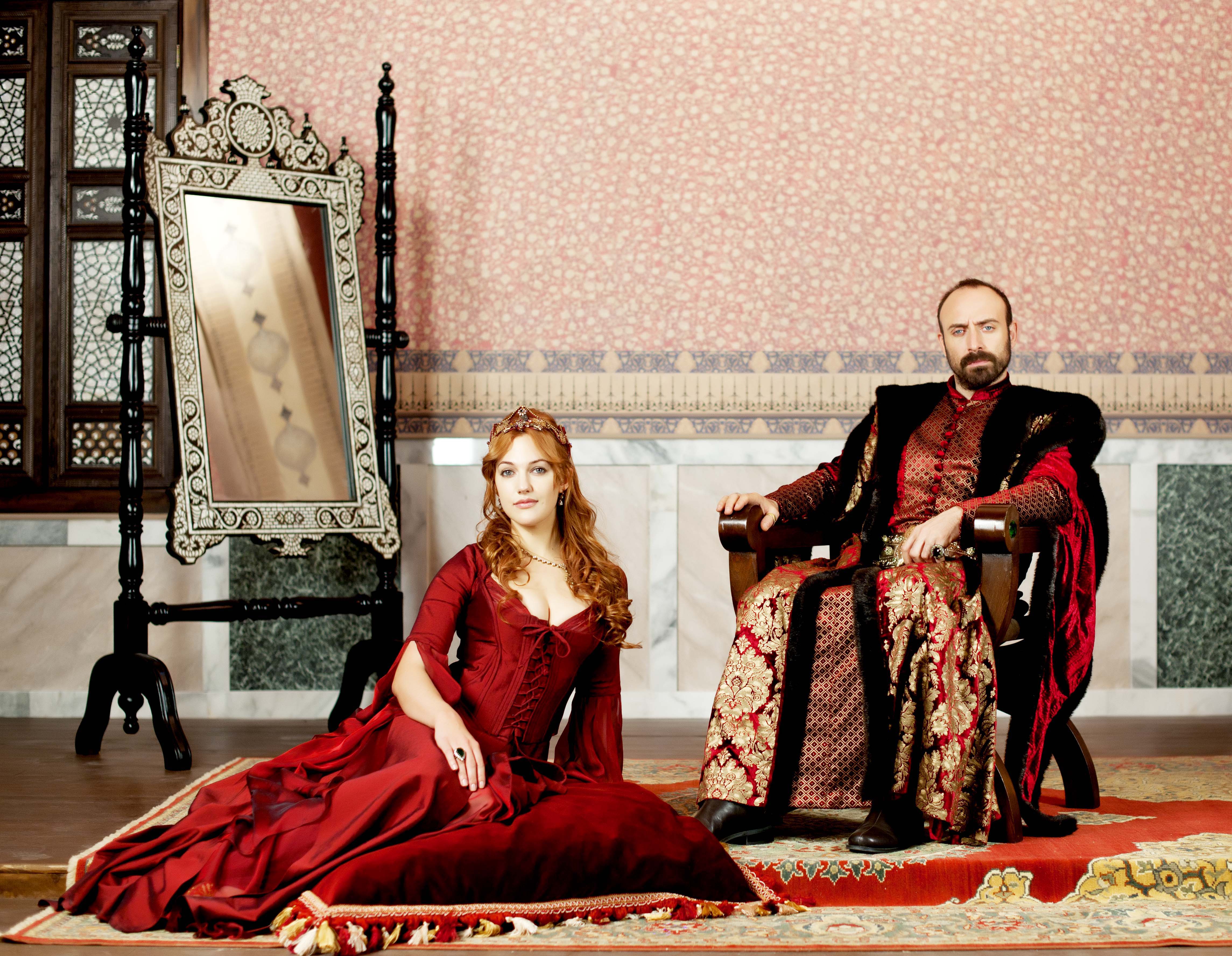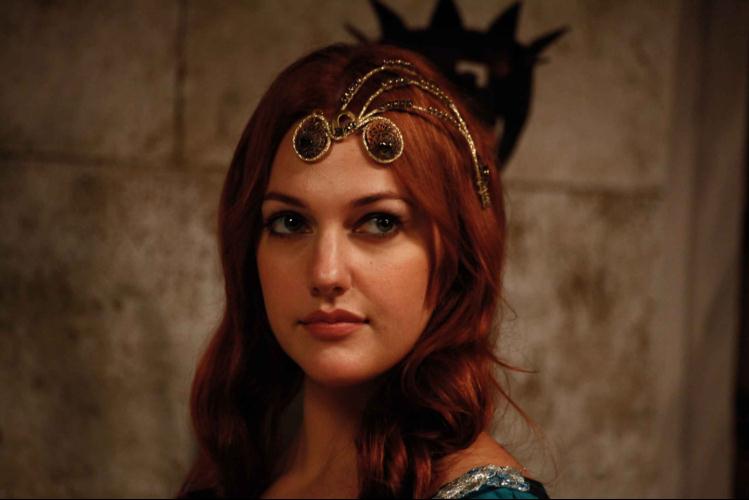
Hurrem kids Sultan Pictures, Meryem Uzerli, Lasting Love, Television Drama, Romantic Drama
Suleiman the Magnificent became Sultan in 1520, which was around the same time that Hurrem became his concubine. She bore him a son, Mehmed, the following year. When Suleiman's mother, Hafsa Sultan, died in 1534, this left a vacant position of power in the harem over which she had presided. Hafsa's death also meant that Suleiman was now.

Hurrem Sultan ️ в 2020 г Османская империя, Знаменитости, Актрисы
Jun 11, 2018. 1. To Western audiences, Hürrem Sultan's legacy still remains a topic of dispute. One of the main reasons for this is the fundamental lack of understanding of the Ottoman.

Hürrem Sultan Gerçek Resimleri, Orjinal Gerçek Fotoğraf Yağlı Boya Tabloları İlk ve Tek
Hurrem's architects only preserved this part and integrated it into the complex. It is in classical Mamluke style, with alternate colorful stones (Ablaq) stone mosaics and carving of Koranic verses. Finally, the fourth monumental portal, (bottom right) built by Hurrem's architects in 1552 . This is the entrance to the soup Kitchen, the 'Imara.

Pin on aaMuhtesem yuzyil
Hurrem Sultan was the secret power behind some of the decisions made by the sultan. Now let's rewind a bit and take the story from the beginning. While Suleiman was still a young prince, his father Selim I ruled the Ottoman Empire for 8 years (1512-1520). During this period, Suleiman studied at the Enderun School in Topkapi Palace and met.

Pin on favs
Roxolana, or "Hurrem Sultan," was a sixteenth-century Ukrainian woman who made an unprecedented career from harem slave and concubine to legal wife and advisor of the Ottoman Sultan Suleiman the.

Meryem Uzerli, Ace Family, Tully, Ottoman Empire, 16th Century, Alexandra, Renaissance
Mihrimah Sultan (Ottoman Turkish: مهرماه سلطان, "sun and moon" or "light of the moon", Turkish pronunciation: [mihɾiˈmah suɫˈtan]; 1522 - 25 January 1578) was an Ottoman princess, the daughter of Ottoman Sultan Süleyman the Magnificent and his wife, Hürrem Sultan.She was the most powerful imperial princess in Ottoman history according to historian Mustafa Selaniki who.

Hürrem Sultan Magnificent Century “The Last Days of the Great Sultana” Season 4, Episode 31
Hurrem Sultan - Suleiman's true love. Tuesday, 26 September 2017, 7:00 Lauralee Jacks Hürrem Sultan, The Royal Women 2. Meryem Uzerli as Hürrem in Magnificent Century (2011)(Screenshot/Fair Use) Roxelana was an unlikely candidate to have made a mark in history. She was a young girl who was captured by slave traders and became a concubine.

"Hürrem Sultan" Dorduncu Bolum (TV Episode 2003) IMDb
Hurrem Sultan (1502-1558), also known as Roxelana in Europe, was a Russian captive taken to Istanbul to become a concubine for Sultan Suleiman (r.1520-1566). She quickly rose through the ranks of the Imperial household, with Suleiman changing harem protocol by marrying her (1534) and allowing her and their son to stay in the Imperial capital.

Así será el final de "El Sultán" — FMDOS
Nonetheless, Hurrem and Suleiman had six children in total, five sons and one daughter. 10. Hurrem was the only wife. Given the fact that Islamic law permitted the Sultan to have up to four wives and as many concubines as he wished, Suleiman the Magnificent stayed loyal to Hurrem and spent time with no other women.

Hurrem and Suleyman Актрисы, Знаменитости, Турецкие мужчины
Walida Hafsa Sultan had 3 children-Sultan Suleiman and two more daughters and Sultan Suleiman was the eldest of them. So we can say that the one son - one mother rule had been broken before Hurrem came. So why is it said that Hurrem Sultan was the first Sultana who gave birth to more children even after giving birth to a son?

Esta es la conexión que existe entre Hurrem y Kosem
Roxelane und der Sultan (Roxolena and the Sultan). (1780) by Anton Hickel. (Public Domain) The Ruthenian Witch. The bond between Hürrem and Suleiman was more than unexpected for the society of the time. Their close relationship became the first time in the history of the dynasty when the sultan focused on only one woman.

Sultan Süleyman Hürrem ¤ Muhteşem Yüzyıl Harem Pinterest See more best ideas about King
Hurrem Sultan (Ukrainian: Роксолана), also known as Roxelana (1502/10/27 - 15 April 1558), was one of the most popular Slavic women. She was important both for Turkey and Slavic nations.She was taken by the Tatars and was brought as a gift to Suleiman the Magnificent, Sultan of the Ottoman Empire.Then she became part of his harem and later his wife.
AL5GRJVO8uuw_fov7U0DT6x2HXz7f16R4MOimSI1QcGNnw=s900ckc0x00ffffffnorj
Names. Her birth name is unknown. Leslie P. Peirce has written that it may have been either Anastasia, or Aleksandra Lisowska.Among the Ottomans, she was known mainly as Haseki Hürrem Sultan or Hürrem Haseki Sultan. Hürrem or Khurrem (Persian: خرم) means "the joyful one" in Persian.The name Roxalane derives from Roksolanes, which was the generic term used by the Ottomans to describe.

'El Sultán' el sorprendente cambio de look de la actriz que interpretó a Hurrem Terra México
modern scholarship, but warrants more. The woman who would become known as Hurrem Sultan, was born in eastern Europe. sometime in the first decade of the 1500s. By 1521, she had been kidnapped by Tartars, sold into. the Ottoman imperial harem in Istanbul, and had born the Sultan a son.1 In that period, she rose.

Hurrem Sultan Muhtesem Yüzyil Magnificent Century Photo (33078163) Fanpop
Hurrem died in 1558, about eight years before her husband. She asked to be buried next to him, and they now have adjacent mausoleums in the Suleymaniye Mosque (via The Collector). The next 100 years in the Ottoman Empire were known as "the Sultanate of Women" because the royal women of the time exerted so much influence over the men.

muhtesem yuzyil meryem uzerli halit ergenç. Turkish clothing, Turkish beauty, Hürrem sultan
Royal women within the Empire, beginning with Hürrem Sultan, exerted political power through their relationship with the Sultan, either by being his favoured concubine, wife or Queen mother. Portrait of a Woman (accepted to be Hurrem Sultan), by the workshop of Titian, c. 1515-20, via the Ringling Museum of Art